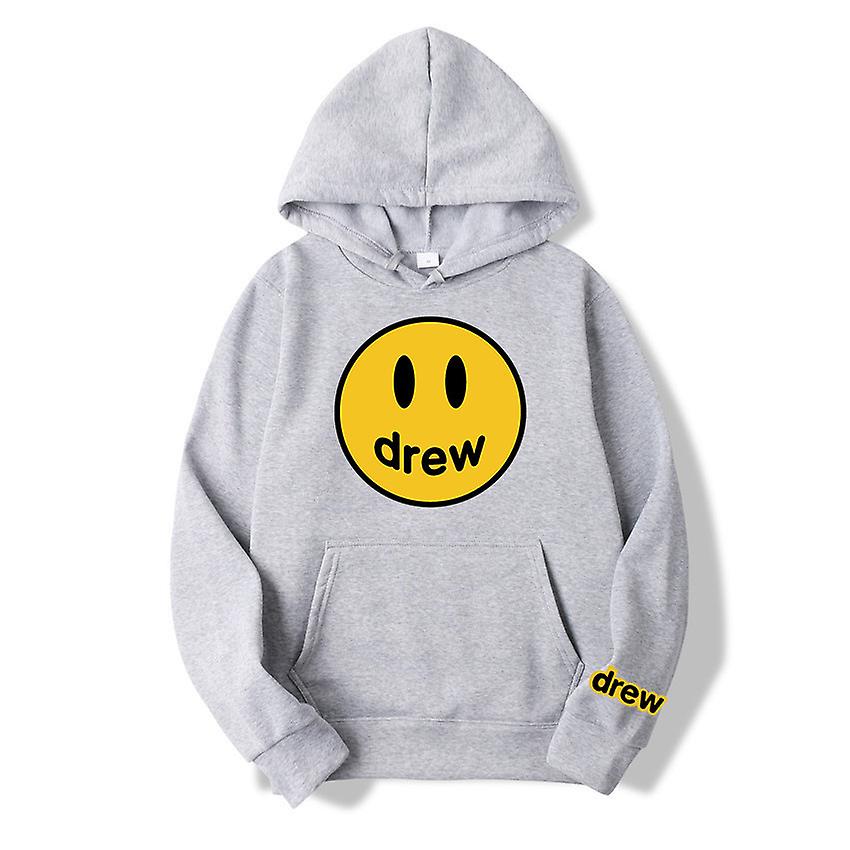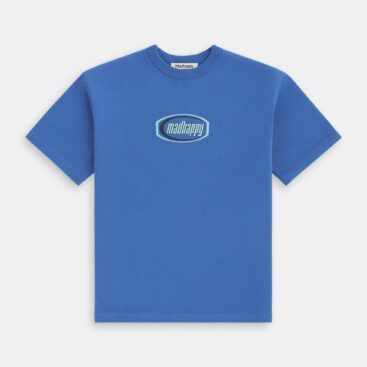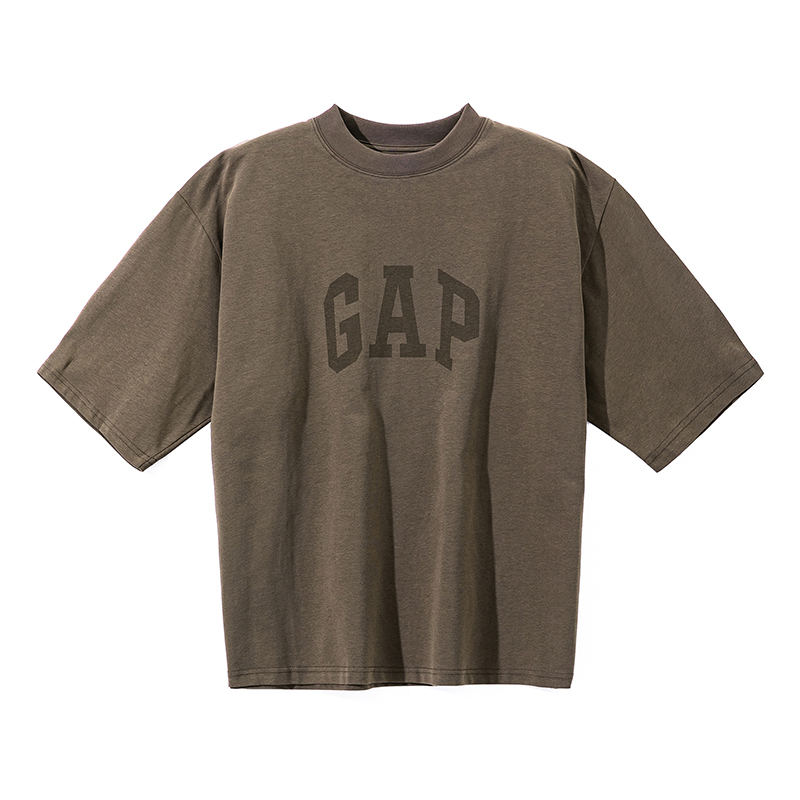Brain Dead has established itself as a brand that defies conventional fashion norms, merging art, culture, and fashion into a unique aesthetic that resonates with a wide range of audiences. This article explores how brain dead distinct style has become a powerful force in the fashion industry, blending artistic elements with streetwear to create something truly innovative.
1. The Origins of Brain Dead: A Subcultural Influence
Brain Dead was founded in 2014 by Kyle Ng and Ed Davis, who were deeply inspired by the subcultures of punk, skateboarding, and underground art scenes. The brand’s roots can be traced back to these movements, which have significantly influenced its design ethos. Brain Dead’s aesthetic is a collage of various influences, including punk rock’s rebellious spirit, the DIY ethos of skate culture, and the visual language of underground comics and zines.
The founders’ appreciation for these subcultures is evident in the brand’s designs, which often feature bold graphics, eclectic patterns, and a sense of organized chaos. This fusion of art and fashion is not just about aesthetics but also about creating a community around shared cultural values.
2. Artistic Collaborations: Expanding the Brand’s Horizons
One of the key elements that set Brain Dead apart is its numerous collaborations with artists, brands, and institutions. These collaborations allow Brain Dead to infuse its designs with new perspectives and creative energy, resulting in collections that are as diverse as they are cohesive.
For instance, Brain Dead’s collaboration with the artist and designer Kevin Lyons brought a playful, cartoonish element to the brand’s apparel, while its partnership with Carhartt WIP merged rugged workwear with Brain Dead’s signature graphics. Each collaboration is a testament to the brand’s commitment to blending art with fashion, creating pieces that are wearable yet thought-provoking.
These partnerships also serve to elevate Brain Dead’s status within the fashion world, positioning the brand not just as a clothing line, but as a cultural force that bridges the gap between fashion, art, and lifestyle.
3. Graphic Design: The Heart of Brain Dead’s Aesthetic
At the core of Brain Dead’s aesthetic is its bold, graphic design. The brand’s clothing is instantly recognizable by its use of striking imagery, which often includes surreal illustrations, distorted typography, and abstract patterns. These graphics are not just decorative; they are a form of visual communication that speaks to the brand’s subcultural roots.
Brain Dead’s design team draws inspiration from a wide range of sources, including vintage comic books, outsider art, and 1980s punk flyers. This eclectic mix of influences is evident in the brand’s collections, where each piece feels like a work of art in its own right. The graphics are often layered and complex, creating a sense of depth and intrigue that invites closer inspection.
This approach to design challenges the traditional boundaries of fashion, transforming clothing into a canvas for artistic expression. It’s this fusion of art and fashion that has earned Brain Dead a dedicated following among creatives and fashion enthusiasts alike.
4. Cultural References: Tapping into Nostalgia and Modernity
Brain Dead’s designs are also deeply rooted in cultural references, blending nostalgia with modern sensibilities. The brand frequently taps into the visual language of past decades, reinterpreting iconic imagery and styles through a contemporary lens.
For example, Brain Dead often incorporates elements from 1960s and 1970s counterculture, such as psychedelic patterns and anti-establishment slogans, into its designs. At the same time, the brand stays relevant to modern audiences by infusing these references with current trends and aesthetics.
This balance of old and new is a hallmark of Brain Dead’s aesthetic, allowing the brand to appeal to a broad demographic that appreciates both the historical and the cutting-edge. By merging nostalgia with modernity, Brain Dead creates clothing that feels both familiar and fresh, resonating with those who value creativity and individuality.
5. Sustainability and Ethical Practices: A Conscious Approach to Fashion
In recent years, Brain Dead has also embraced sustainability and ethical practices as part of its brand ethos. The fashion industry is increasingly moving towards more sustainable practices, and Brain Dead is no exception. The brand has made efforts to reduce its environmental impact by using organic materials, minimizing waste, and promoting ethical labor practices.
Brain Dead’s commitment to sustainability is reflected in its use of recycled fabrics and eco-friendly printing techniques. The brand also emphasizes quality over quantity, producing limited-edition collections that encourage mindful consumption. This approach not only aligns with the values of its target audience but also positions Brain Dead as a forward-thinking brand in an industry that is increasingly scrutinized for its environmental impact.
By integrating sustainability into its business model, BrainDead continues to innovate, merging art and fashion with a conscious approach to production and consumption.
6. The Role of Community: Building a Subcultural Movement
Brain Dead is more than just a clothing brand; it’s a community-driven movement. The brand’s emphasis on collaboration and cultural exchange extends beyond its designs and into the way it interacts with its audience. Brain Dead has cultivated a loyal following by hosting events, exhibitions, and pop-ups that bring together like-minded individuals from various creative fields.
These events are not just about selling clothing; they’re about creating spaces where people can connect, share ideas, and celebrate the subcultures that inspire the brand. By fostering a sense of community, Brain Dead strengthens its connection with its audience, making the brand a lifestyle choice rather than just a fashion label.
This community-driven approach is integral to Brain Dead’s identity, reinforcing the brand’s commitment to merging art and fashion while staying true to its subcultural roots.
7. Influence on the Fashion Industry: Setting New Standards
Brain Dead’s unique aesthetic and approach to fashion have had a significant impact on the wider fashion industry. The brand has challenged traditional notions of what streetwear can be, introducing a level of artistry and cultural depth that is often lacking in mainstream fashion.
Other brands have taken note of Brain Dead’s success, leading to a wave of collaborations and collections that draw on similar themes of artistic expression and subcultural influence. Brain Dead has set new standards for what it means to be a streetwear brand, proving that fashion can be both wearable and intellectually engaging.
The brand’s influence extends beyond clothing, as it continues to inspire other creative fields, including graphic design, music, and visual art. By merging art and fashion in a way that feels authentic and innovative, Brain Dead has established itself as a leader in the contemporary fashion landscape.
Collaborations that Elevated the Brand
Collaborations have played a pivotal role in aime leon dore journey from a niche brand to a global icon. By partnering with established brands like New Balance, ALD has been able to expand its reach and tap into new audiences. The Aimé Leon Dore x New Balance 550 collaboration, in particular, was a game-changer for the brand. The retro-inspired sneaker quickly became a cult favorite, selling out almost instantly upon release and becoming a staple in the wardrobes of fashion-forward individuals around the world.
These collaborations are successful because they align with ALD’s brand ethos. Rather than simply slapping a logo on a product, Aimé Leon Dore approaches each collaboration with the same level of thoughtfulness and attention to detail that goes into its own collections. This has allowed the brand to maintain its authenticity while reaching new heights in terms of popularity and recognition.
The Role of Social Media in ALD’s Global Expansion
Social media has been instrumental in Aimé Leon Dore’s rise to global prominence. The brand’s Instagram account, in particular, has become a key platform for showcasing its collections, collaborations, and brand narrative. With its carefully curated feed, ALD has managed to create a strong visual identity that resonates with its audience.
The brand’s social media strategy goes beyond just promoting products. ALD often shares behind-the-scenes content, including glimpses into the design process, collaborations with other creatives, and snapshots of Santis’s life. This transparency has helped to humanize the brand and foster a sense of community among its followers.
8. The Future of Brain Dead: Continuing to Push Boundaries
As Brain Dead continues to grow, its commitment to merging art and fashion remains at the forefront of its identity. The brand shows no signs of slowing down, with new collaborations, collections, and projects constantly in the works. Looking ahead, Brain Dead is likely to continue pushing the boundaries of what fashion can be, exploring new ways to integrate art, culture, and design into its creations.
The future of Brain Dead will likely involve even more experimentation and innovation, as the brand continues to challenge the status quo and redefine the possibilities of streetwear. With its unique aesthetic and unwavering commitment to creativity, Brain Dead is poised to remain a powerful force in the fashion world for years to come.
In conclusion, Brain Dead’s unique aesthetic is the result of a careful blend of art, fashion, and subcultural influence. By merging these elements, the brand has created something truly distinctive, resonating with a global audience that values creativity and individuality. As Brain Dead continues to evolve, its commitment to merging art and fashion will undoubtedly keep it at the cutting edge of the industry, setting new standards for what fashion can be.




